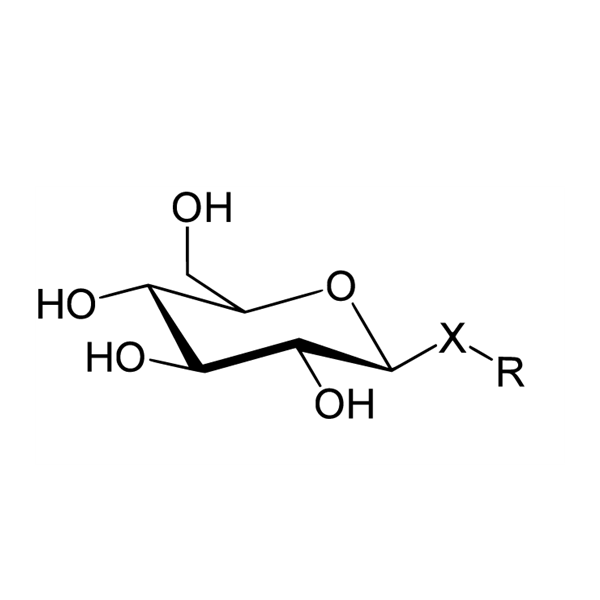The Glucosides that exist in nature are all kinds and varieties. Glucosides are rich in sugar-based components, including monosaccharides and oligosaccharides. Glucosides are widely distributed in the roots, stems, leaves, flowers and fruits of plants. Carbohydrates belong to the four major classes of compounds necessary for life activities. Glucosides are divided into α-Glucosides and β-Glucosides according to the terminal carbon configuration. Glucosides are widely found in nature and have a variety of pharmacological activities. They are an important source for human discovery and production of drugs.
For a hundred years, sugar research has been neglected. This year, the new crown virus triggered a global epidemic, which once again brought the importance of sugar to the surface. In the protracted war between humans and viruses, a new weapon is being developed and used. This is glycobiology. The highly glycosylated phenomenon of the new coronavirus will bring great difficulties to the development of new coronavirus vaccines. Glycosylation is involved in regulating the localization, function and activity of proteins in tissues and cells, and will affect many important life activities such as cell recognition, cell differentiation, signal transduction, and immune response. Glycosylation of S protein helps increase Stability and solubility of protein. More importantly, glycosylation can mask the immunogenic epitope of the protein, thereby enhancing the ability of the virus to evade the host’s immune response. S protein is not only the main target for vaccine development, but also an important component of serological testing. Abnormal glycosylation can lead to many diseases such as tumors, immune diseases, metabolic diseases and neurodegenerative diseases. For viruses, the glycosylation modification of their own structural proteins is closely related to virus production, virus infection and immune response.
Pharmaceutical effects: Glucosides play many important roles in living organisms. Many plants store chemicals in the form of inactive Glucosides. These can be hydrolyzed by enzymes, which can cause the sugar moiety to break and activate the available chemicals. Many such plant Glucosides are used as medicines. And more than 70% of the drugs currently on the market are related to Glucoside compounds. The saponins in the Glucosides can reduce the surface tension of the liquid and produce foam, so it can be used as an emulsifier. After oral administration, it can stimulate the mucous membrane of the digestive tract and reflexly promote the secretion of mucous glands in the respiratory tract and digestive tract. Therefore, it has the effect of expectorating and relieving cough, such as Platycodon grandiflorum, Polygala tenuifolia, and Aster are often used as expectorants. The saponins in mulberry parasitic and elderberry have anti-rheumatic effects. Ginsenosides have a strong and energizing effect, and can regulate the body in certain pathological conditions in a two-way manner, or adapt as it is. Many saponins also have the effects of lowering cholesterol, anti-inflammatory, antibacterial, immune regulation, excitement or inhibition of the central nervous system, inhibition of gastric juice secretion, sperm killing, and mollusc killing. Some steroidal saponins also have anti-tumor, anti-fungal, antibacterial and cholesterol-lowering effects, and are used in large quantities as raw materials for the synthesis of steroid hormones.
In addition, the application of Glucosides in cosmetics: Glucosides can be stored for a long time in a larger temperature range, and at the same time, they have the function of moisturizing, which fully meets the performance requirements of active ingredients for cosmetics. Glucoside has been used as an active ingredient to make cosmetics at home and abroad. This new type of cosmetics shows good skin moisturizing and skin care properties.
Post time: Jan-28-2021
